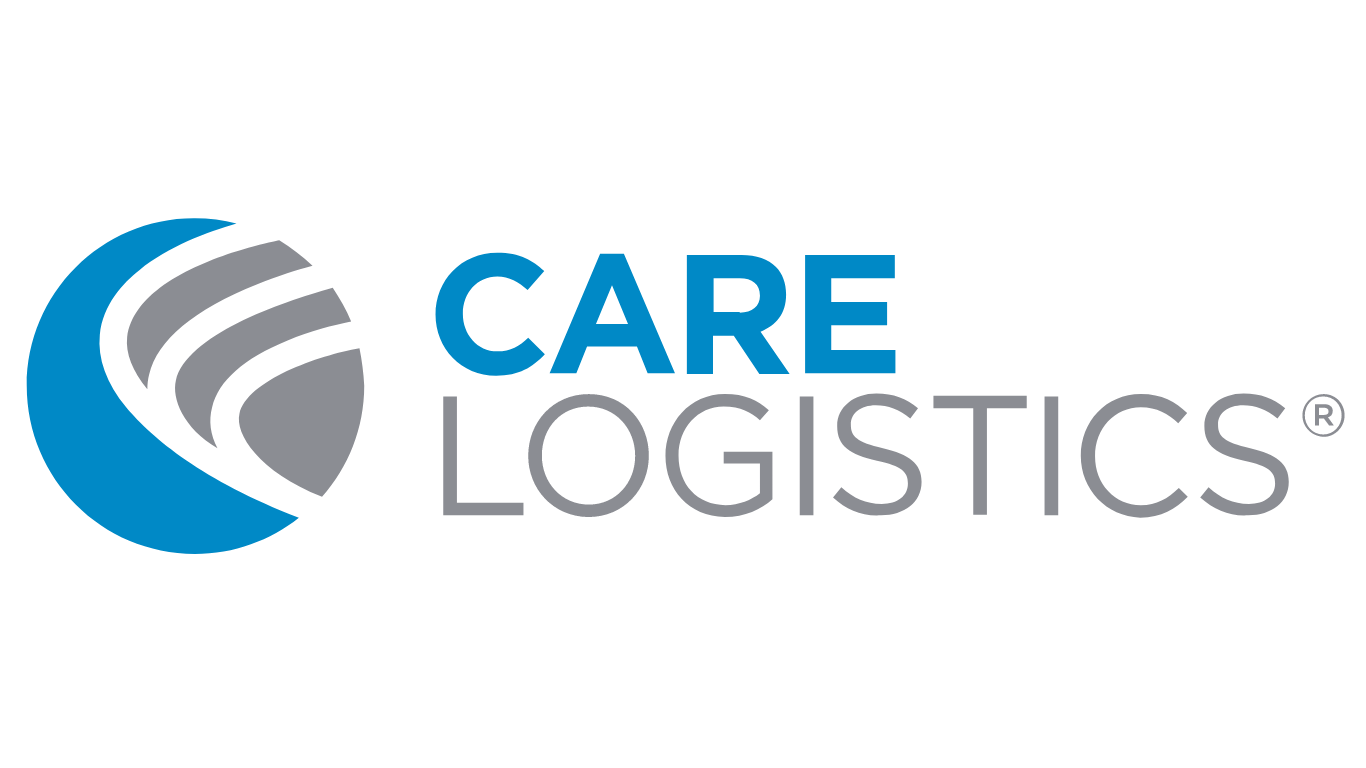Census Explodes, Yet Nurses Still Get to Do More of What They Love
The Challenge:
While the patient care mission had not changed for the Cleveland Clinic Mercy Hospital nursing team, the adverse operating environment they faced had become unsustainable. Patients routinely stayed beyond their expected length of stay. Extra days meant extra risk to their patients and extra operating costs for the organization. Financial challenges tore at their workforce across all levels of the organization, especially nursing. Changing senior leadership meant changing direction. On top of this, demand for a better patient experience was growing.
Mercy needed an innovation, a breakthrough, some way to better progress patient care
They needed to do so in direct support of their strategic initiatives to improve safety and quality, engage staff, and establish the efficiencies that lead to financial stability and growth.
It was then that leadership chose to explore the merits of Care Progression with Care Logistics.
The Solution:
In August 2017, the Cleveland Clinic Mercy Hospital team engaged Care Logistics and launched their care progression initiative. They first introduced patient-focused processes. Within months, measurable improvements were achieved, but that was when potential disaster struck. A local hospital abruptly closed, resulting in a 10% average increase in average daily census to Mercy virtually overnight. It was time to optimize at the next level.
In June of 2018, the team implemented Care Logistics Care Advance software.
Utilizing both best practice methodologies and software, the progression of patient care achieved sustainable performance across all nursing units. Care teams now work toward a common care plan and length of stay goal for every patient. It’s easy to proactively identify when and why patients are progressing slowly and what to do about it before length of stay targets are missed.
Performance Highlights:
-

Happy Nurses
The nursing team is now enabled to do more of what they love: provide quality care for patients. Standardized hand-off and daily communication decreases errors, reducing risk to quality of care and patient safety.
-

Role Clarification
Role clarification for case managers, charge nurses, and others. Reduced duplication of tasks, and increased staff engagement and satisfaction.
-

More Efficient Management Huddles
The team shifted focus from long length of stay patients who had already exceeded targets to patients currently experiencing progression barriers. Progression management became more proactive.
-

Better Documentation, Higher Reimbursement
They are actually getting paid for the patient care they provide. CDI nurses are connected with unit-based coordinators and receive better documentation to support correct reimbursement and accurate quality reporting.
“You feel it when you walk onto any nursing unit, and you hear it in the communication and discussions among our clinical staff. We have experienced a tremendous improvement in employee engagement. The culture has shifted in regard to the meaningful dialogue that happens between the bedside care providers at the unit huddle and at the organization wide escalation huddle.”
— Barbara Yingling, Chief Nursing Officer at Cleveland Clinic Mercy Hospital
The Results:
LOS: 4.90 to 4.55
Observation Percentage: 17.3% to 14.7%
CMI: 1.17 to 1.19
Discharge Increase: 10%
Annual Financial Benefit: $13.1 Million
In the end, the nursing team was able to overcome adversity and do more of what brings them satisfaction and love of their jobs: providing quality care for their patients. They simultaneously improved the patient experience and created better results in the quality and reimbursement improvement initiatives of the hospital.

